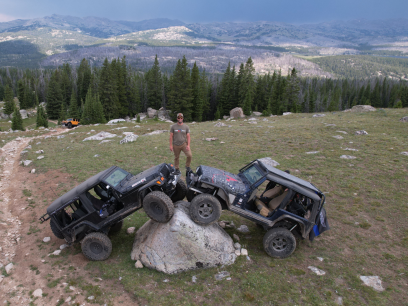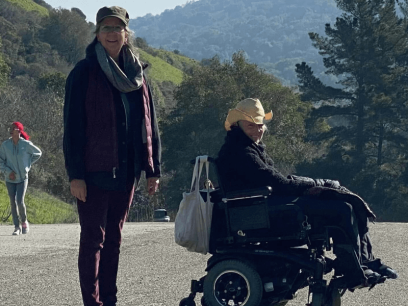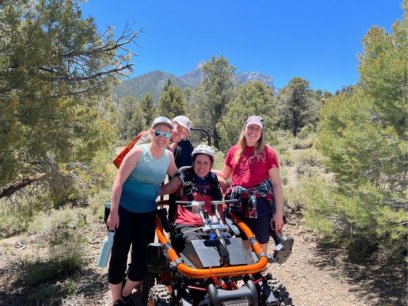
When most people think of Pearl Harbor, they envision the devastating surprise attack by Imperial Japanese forces on December 7, 1941—a day President Franklin D. Roosevelt declared would "live in infamy.”
But for generations of native Hawaiians on the island of O‘ahu, Wai Momi, or “pearl waters,” has long been a place of peace and prosperity, its crystal-clear lagoon the envy of the Pacific for its beauty and natural abundance, including the pearl-producing oysters for which it was named.
The native Hawaiians respected the land while also using the geography of the natural lagoon to their advantage. Over several centuries, they constructed elaborate ponds along the shoreline to provide an environmentally sustainable supply of fish, shellfish, and other sea creatures. At one point, the island was dotted with over 100 of these fishponds—about two dozen in Pearl Harbor alone—serving not only as sources of food, but as sacred spaces for healing and communing with nature.
Unfortunately, after contact with the West in the late 18th century, these native fishponds began to vanish due to colonization, invasive mangroves, neglect, and natural disasters. Only three remain today. However, thanks to a project supported by the National Environmental Education Foundation (NEEF) and the Department of Defense (DoD) Legacy Resource Management Program (Legacy Program), these ancient marvels will have a chance to inspire future generations to care for the land, water, and each other.
Uncovering Ancient History in Your Own Backyard
For 25 years, NEEF has partnered with the DoD Legacy Program, which identifies and rehabilitates significant biological, cultural, and historical resources existing on or involving DoD-managed land. It’s a little-known fact that DoD hosts more endangered species and rare habitat on their property than any other federal land management agency. Funding from the Legacy Program is awarded to projects that positively impact the environment and help participants learn about these lands and their natural and cultural resources.
Beginning in 2015, Jeffrey Pantaleo, an archaeologist and cultural resource manager with the Naval Facilities Engineering Systems Command at Joint Base Pearl Harbor-Hickam, has applied for and received project funding each year from the Legacy Program to restore one of the three remaining fishponds on O‘ahu as part of National Public Lands Day, the largest single-day volunteer effort for America's public lands.
Pantaleo was the first to rediscover the six-acre pond near naval and community housing at McGrew Point in 2014 after coming across an old survey map of the area. Upon investigating the site—or “crawling around with my machete” as he put it—Pantaleo found the overgrown remains of Loko I‘a Pā‘aiau, the royal fishpond of Mo‘i Wahine (Queen) Kalanimanu‘ia, who ruled over the island of O‘ahu during the 15th century.
“Many of the people in the area, including native Hawaiians, never even knew the fishpond was there since it was hidden in the mangrove,” said Pantaleo.
After gaining the support of naval leadership to take on the project, Pantaleo began reaching out to local community members to collaboratively restore the pond to its formal royal glory. While the environmental work would be an integral part of the project, arguably more important would be the opportunity to repair the frayed social bonds between the military community and area residents.
Bridging the Gap Between Communities
As a cultural resource manager and liaison to the native Hawaiian community for almost two decades, Pantaleo is intimately familiar with the strained relationship between the military and island residents.
“When I first started with the Navy, I noticed the people on base work on base, their kids go to school on base, they go to the beach on base, they shop on base. They don't really get out there and meet the neighbors,” he said.
To Pantaleo, the discovery of Loko I‘a Pā‘aiau was a good omen—a chance to unite these separate groups through the preservation of the cultural and natural resources at Joint Base Pearl Harbor-Hickam.
“When you meet somebody face-to-face and talk story, you understand that we both want to do good things for the environment and for the culture,” said Pantaleo. “And that just builds our friendships stronger and stronger.”
Naturally, some challenges emerged early on.
“One of the first questions an admiral asked me was, ‘What do I wear?’” said Pantaleo. “I told him not to come in uniform—people treat you differently if you’re wearing a uniform. Just bring your work gloves, because for those couple of hours, you’re part of the community.”
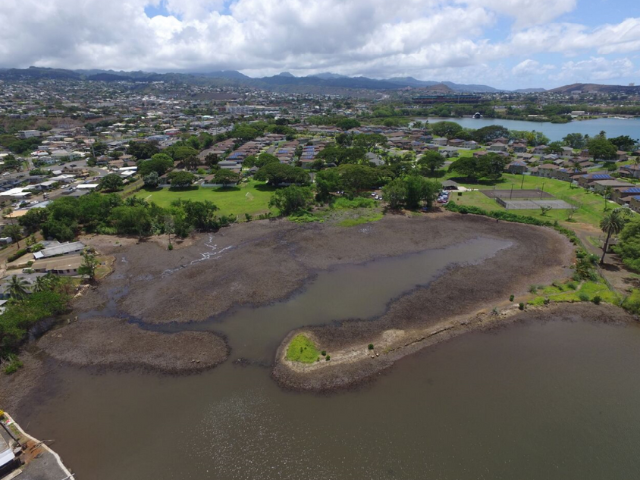
Giving Back to the Land, Together
In addition to the annual National Public Lands Day volunteer events, Pantaleo hosts weekly cleanups at Loko I‘a Pā‘aiau, as well as a larger event on the first of each month. Each event begins with a traditional Hawaiian blessing officiated by a native Hawaiian practitioner, followed by a short history lesson from Pantaleo to welcome participants to the historic fishpond.
I’ve seen people with tears in their eyes when they hear from the native Hawaiians about how restoring the fishpond is like restoring the soul of the community.
Jeffrey Pantaleo, an archaeologist and cultural resource manager with the Naval Facilities Engineering Systems Command at Joint Base Pearl Harbor-Hickam
A typical volunteer event at Loko I‘a Pā‘aiau consists of removing invasive plants and garbage from the pond and surrounding area, dredging decades of silt from the water, and replanting native plants with traditional healing properties such as makaloa, puukaa, and uki. Continuous work is needed as well to stabilize and extend the fishpond wall to prevent damage from high tide and wave action.
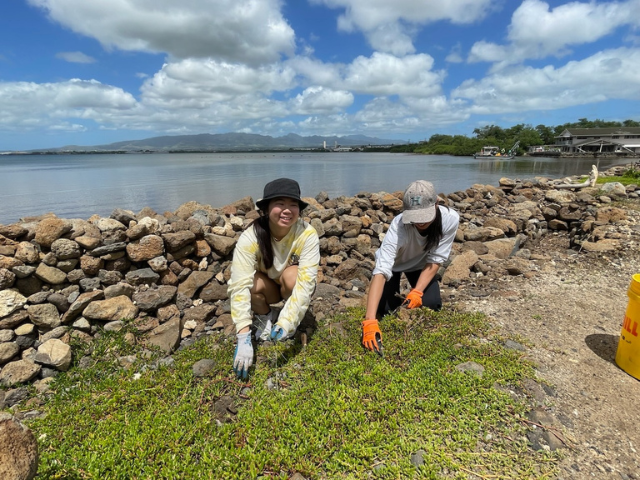
After the mangroves were cleared from the fishpond, fish and other wildlife began to return to the area. Several endangered birds, including the Hawaiian stilt, now frequent the fishpond to feed on the fish and nest. The Navy’s Natural Resources Program conducts monthly bird counts at the pond and has tagged several endangered species to monitor their migration habits.
At every turn, Pantaleo has consulted with native Hawaiian experts on proper restoration practices. This includes hiring a master craftsman to help reconstruct a hale, or traditional Hawaiian house, and an ahu, or religious altar, on the property using traditional techniques. Originally, the house would have belonged to the caretaker of the Queen’s royal pond, but today it is used by the public, service members, and their families as an active sanctuary for the cultivation of peace, healing, and connection to nature—or just a quiet, shady place to have lunch.
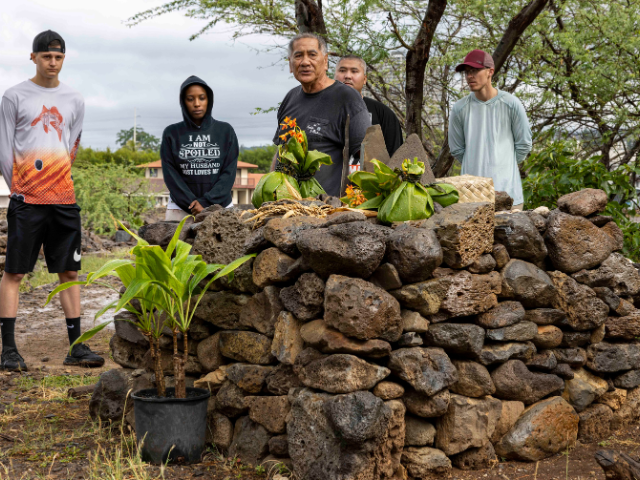
People from all walks of life have contributed to the pond's restoration, including community associations, school groups, and state senators and representatives. After several successful volunteer projects and cultural history lessons at the pond, local families living on base decided to make these activities a permanent part of their children’s homeschooling curriculum. Using the principles of place-based education, they aim to reinforce the reciprocal relationship between ecological and human health and well-being.
“They all wanted to participate, then they talked to their folks about what we're doing here, and we get more and more volunteers,” said Pantaleo. “I barely need to advertise for these events. People just know about it and show up.”
Building a Path to ‘Ohana
In addition to the environmental impact of this project, Pantaleo says the emotional impact on visitors and volunteers—including the normally stoic military members—has been even more profound.
“I’ve seen people with tears in their eyes when they hear from the native Hawaiians about how restoring the fishpond is like restoring the soul of the community,” said Pantaleo. “For many volunteers, for the first time in their lives, they're understanding the spiritual significance of not just Hawaiian culture, but respecting and understanding how different cultures put value to different things.”
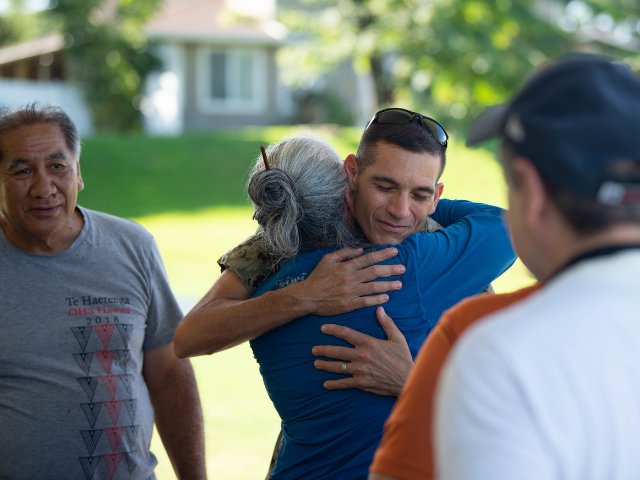
Restoring the fishpond has been a deeply personal experience for Pantaleo as well, and the closest he’s felt to being a part of the Pearl Harbor community since he first began as a cultural resources manager in 2007. In fact, when Pantaleo recently bought a house in the area, local elders came out to bless the property.
“That’s how it all grows,” he said. “One little spark starts so much.”
Forging a Friendship for Future Generations
Pantaleo credits the continued success of the restoration project to the unwavering support of NEEF and DoD through the Legacy Program.
“It's great to have volunteers, but you need the materials, funding, and all that other stuff to make it work,” he said. “I really appreciate everything that NEEF and DoD have done in supporting this project over the years.”
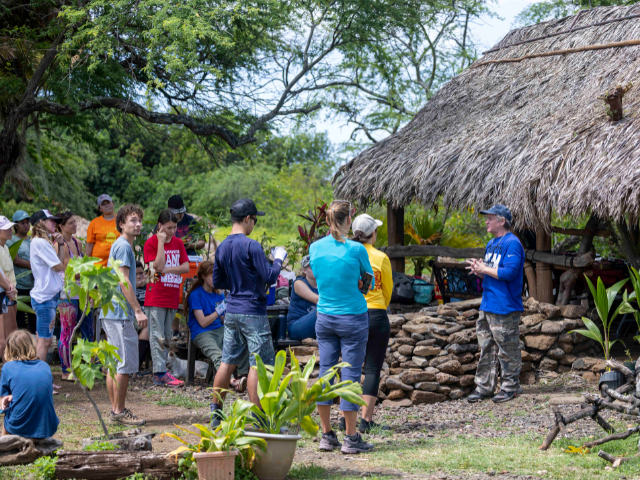
To solidify this support, the US Navy and several groups representing the native Hawaiian community came together in November of 2023 to sign a historic Memorandum of Understanding that will preserve Loko I‘a Pā‘aiau in perpetuity.
“The communities of ‘Aiea, ‘Ewa, and O‘ahu have not had access to this fishpond for generations,” said Pantaleo. “The opening of this site for all to use and enjoy has had a tremendous impact on the building of trust, gratitude, unity, and peace between the military and native Hawaiian communities.”
Pantaleo said he doesn’t like calling it a partnership, though, deeming it “too cold.”
“It’s more like a friendship,” he said. “Partnerships can end, but friendship is forever.”
For more information about National Public Lands Day, including how to register a volunteer event or find local events in your area, visit NEEFusa.org/NPLD.
